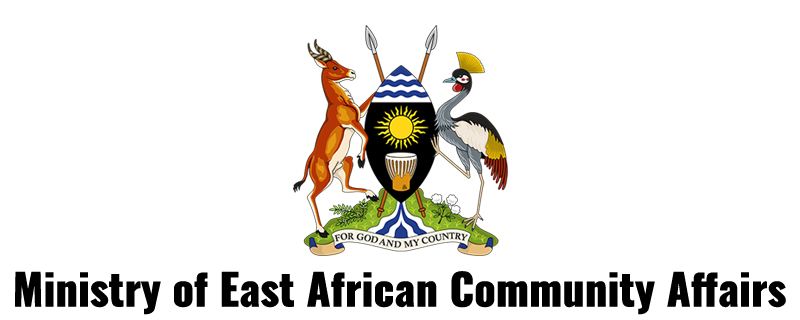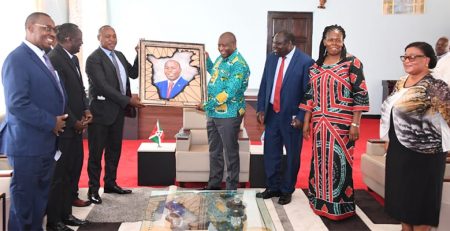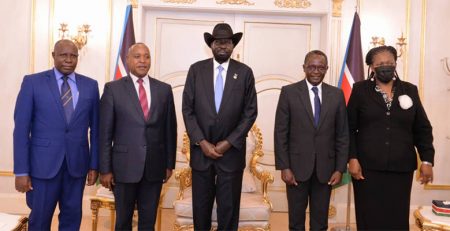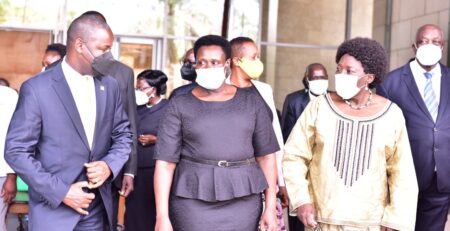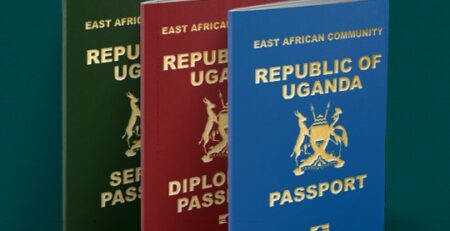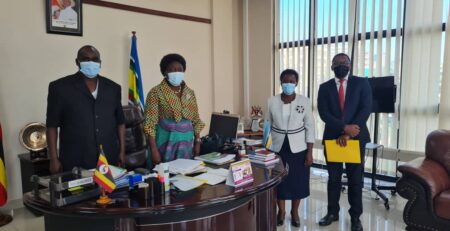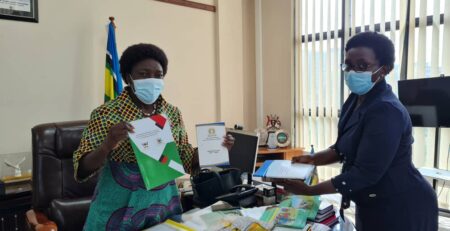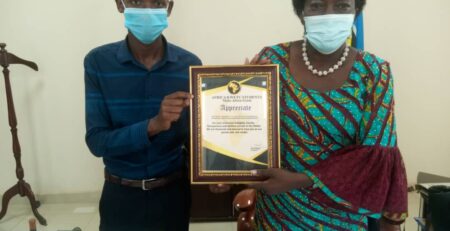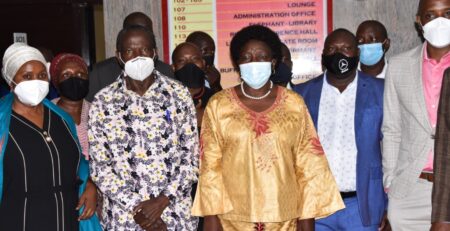Uganda gained its Independence from Colonial Rule
Bishop Samuel
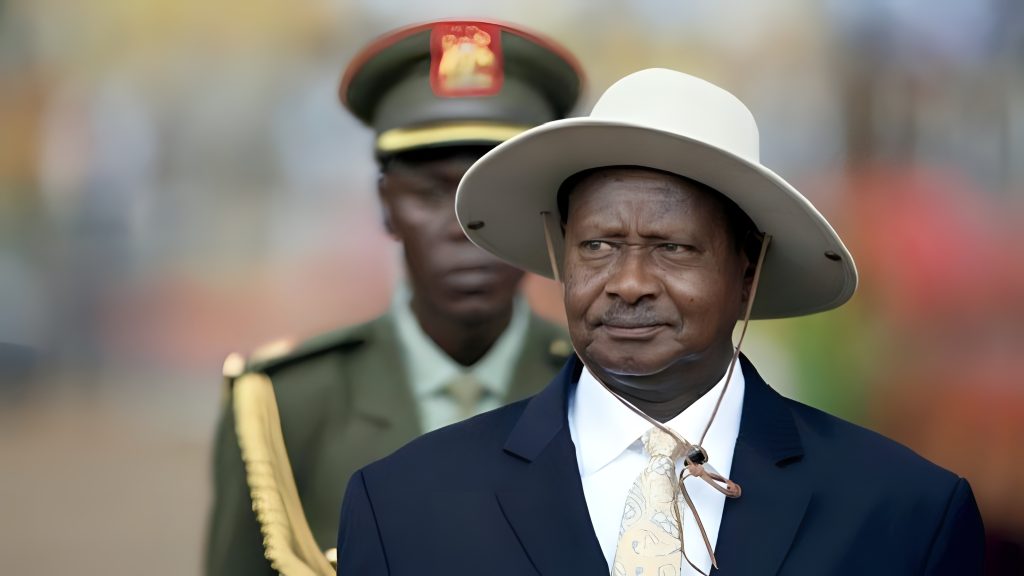
President of the republic of Uganda, Yoweri Kaguta Museveni.
Uganda became a British Protectorate in 1894. That’s when the British established administrative control and influenced local governance structures, particularly in the Buganda Kingdom. In the years leading up to independence, political parties began to form. In March 1961, Uganda held its first elections leading to internal self-governance that saw Benedicto Kiwanuka become the first Chief Minister.
On 9th 1962, Uganda officially became an independent nation. The country adopted a federal form of government with Sir Edward Mutesa II becoming the first President in 1963. this period it marked the beginning of Uganda’s journey as a sovereign state, setting the stage for its subsequent political and social economic development. In 1962 unlike today, Uganda’s annual budget was approximately Shs. 600.000.00 which is equivalent to £ 30 million. Using the historical exchange rate, 1 GBP =20 shillings, whereas the country’s GDP was approximately 3.213 billion shillings with a population of approximately 8,068,828 people.
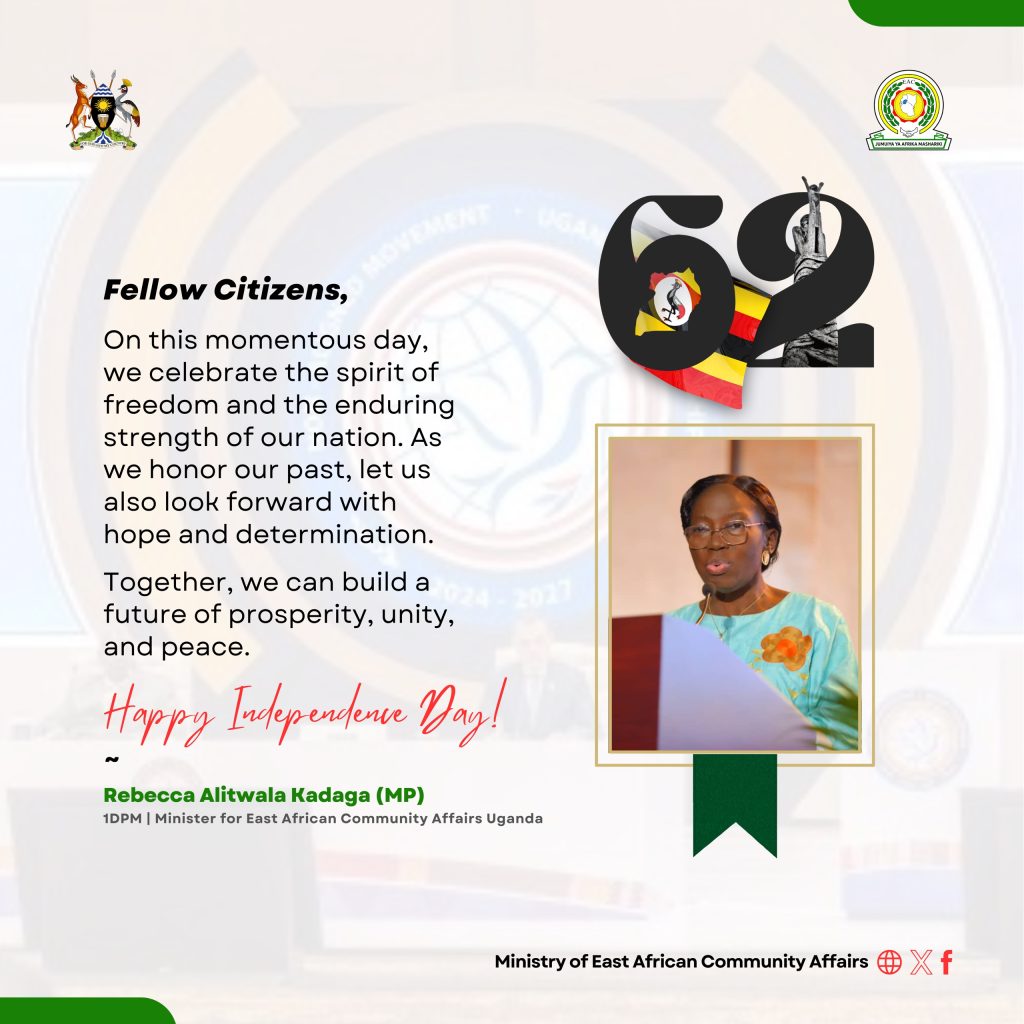
(inset) 1DPM/Minister for EAC Uganda, Rt. Hon Rebecca Alitwala Kadaga (MP)
President Museveni having captured power in 1986, new plans to revive the country’s economy emerged with the first ensuring peace and security in the country and because of that, the NRM government has ensured the stabilization of peace and security which has seen the country’s economy grow compared to 1962. As of today, Uganda’s GDP is at approximately $45.57 billion, and for the fiscal year 2024/2025, Uganda’s annual budget is approximately UGX 72.136 trillion and as of today, Uganda’s population is approximately 50.37 million people.
Happy Independence Day, UgandaAt62
END
